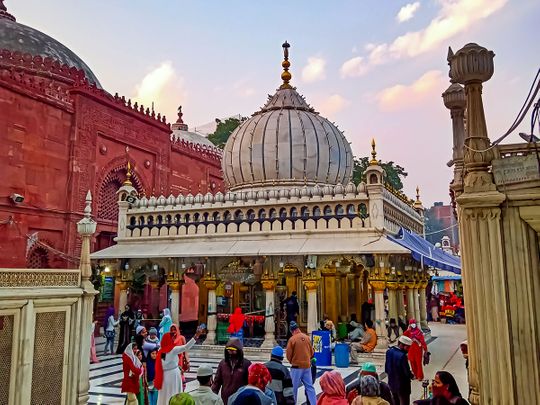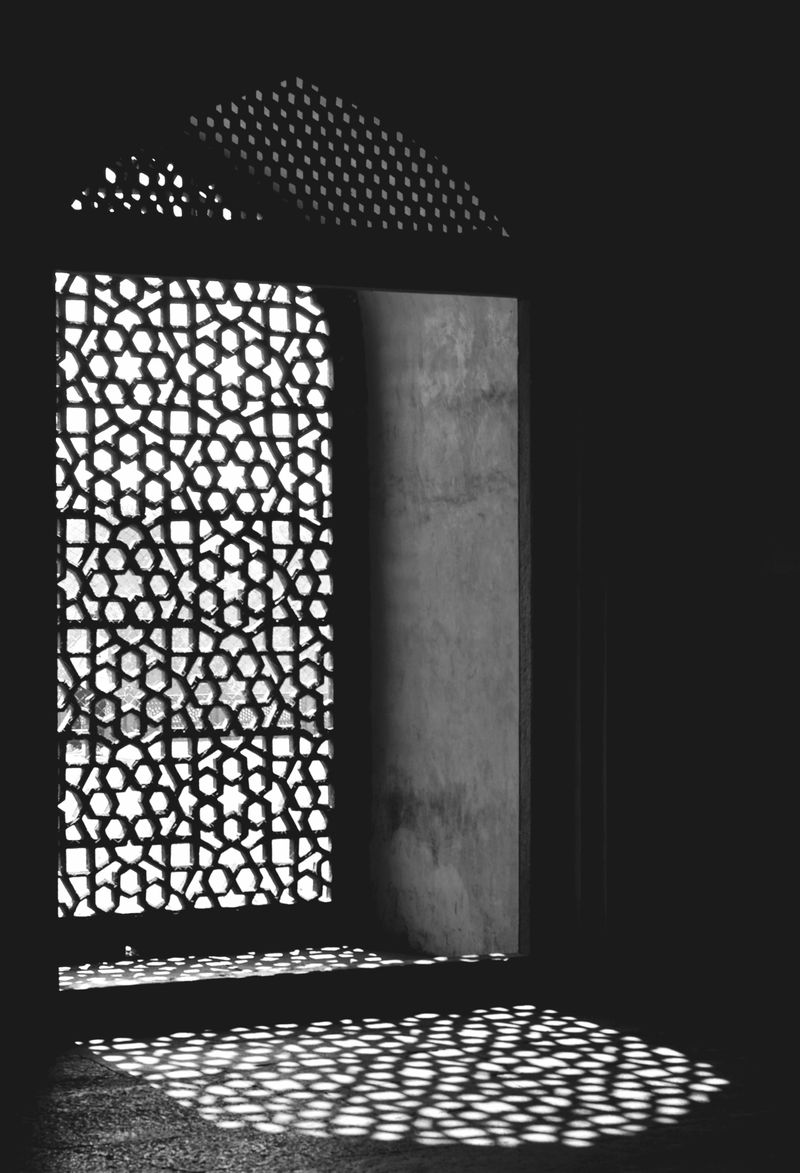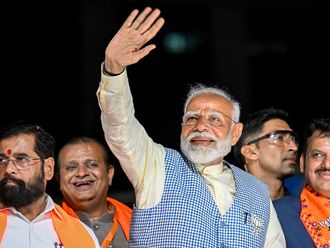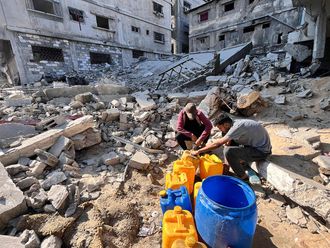
Nearly one and a half million people in Delhi have contracted COVID-19 till date. More than 20,000 are dead. And these are just the official numbers.
Every time I come across images of someone sobbing their friend, or a father clasping at an urn holding his son’s ashes, something breaks in me.
My association with Delhi goes back more than two decades. I landed in the city, fresh out of school. From my first college — at Delhi University — to my first paid gig — Hindustan Times, I owe it to the city of djinns — Delhi.
It is that big town where the brawls and mad traffic and cacophony never stops but eventually when all the politics and nastiness dies out, it continues to be the city of Hazrat Nizamuddin Auliya — the iconic 13th century mystic.
After the excitement of a week at college, the dargah — a white marbled mausoleum, bang in the middle of the great metropolis, became our solace. Over the weekends, we would head out to the place, often described as the hub of India’s Sufi universe.
A little universe in itself
And it was a little universe in itself. Devotees, hawkers, mendicants, students, worshippers, idlers, faithful, and deviants — you name it. One came across a microcosm of humanity in the alleys leading up to the main dargah.
I have never seen such an eclectic gathering of people in one place. It was as if all the differences — between the high and mighty, rich and poor — and everything in between, melted in the Sufi’s backyard.
It was that magical. Almost out of a fairy tale.
During my days as a reporter, I often walked those narrow lanes as small lodges stood chock-a-block, next to small eateries where the homeless stood in long queues, waiting to be fed by some gracious stranger or passer-by. Piddly shops sold everything from rare books to cheap ittars.
And then there was the saint’s abode, shaped like a teardrop. After evening prayers they light lamps, called Dua-e-Roshni — an ancient ritual, admired by men and spirits alike (or so the legend goes).
There is a collective hum as prayers are made daily — and this must have gone on for centuries — for all those gathered. Faith or no faith — you could be a Muslim or Hindu, godless or a godman — the place offers a languid charm that makes souls genuflect to the sky.

I often wondered how these things worked. Here was a saint’s simple grave and the entire neighbourhood surrounding the dargah, called Nizamuddin East and West, is named after him. A railway station, not too far away, goes by that name.
Ironically, one of India’s mightiest emperors, Humayun, who intermittently ruled over territory in what is modern-day Afghanistan, Pakistan, Northern India, and Bangladesh (1530-1556) lies buried at a stone’s throw. Yet everyone calls it Nizamuddin.
Sufis, I tell you.
Residues of a dream
The other day, I spoke with a friend who lives in the area. She told me that like other places of religion and spirituality, the dargah of Hazrat Nizamuddin is also closed to people due to COVID-19 restrictions.
Gone is the bustle and the footfalls, she continued with a hurt in her voice. The qawwals (songsters who sing devotional songs), who live around the saint’s abode, are there but the audiences are not.
“What about the perfume sellers?” I asked. “Where will they go? They visit the dargah daily and some of them sprinkle their perfumes and wipe the marble flooring around Mahbub-e-Ilahi’s shrine,” she said. “Sometimes they cry, not because of any financial hardship, but due to the emptiness of the place.”
While the pandemic has affected people around the world, both at a social and cultural level, the impact is often felt in the unlikeliest of places — like these spiritual watering holes.
But hope springs eternal, to paraphrase Alexander Pope. The disciples, mureed, continue to hold on to residues of their dreams. The teacher, murshid, never disappoints.








